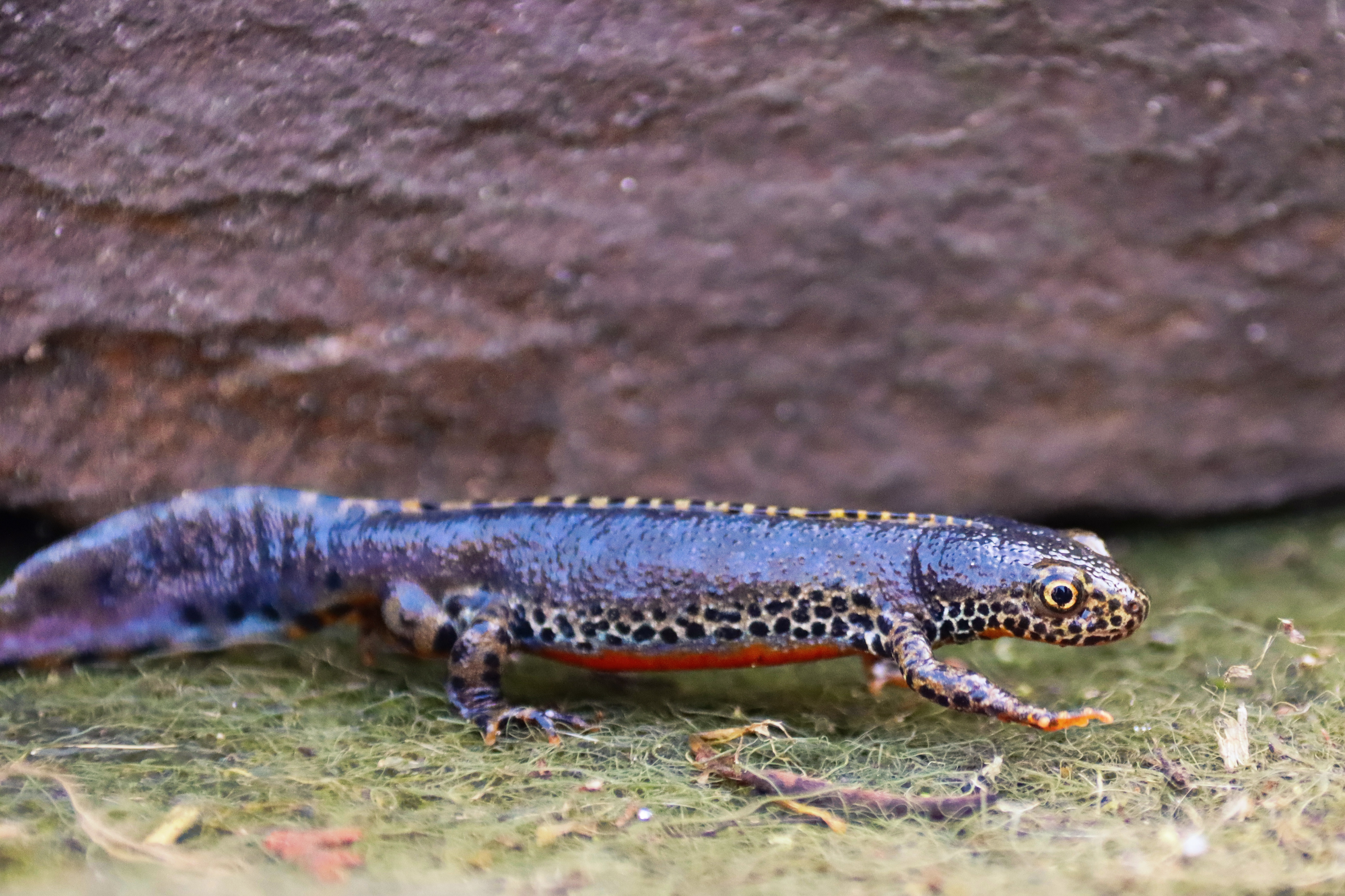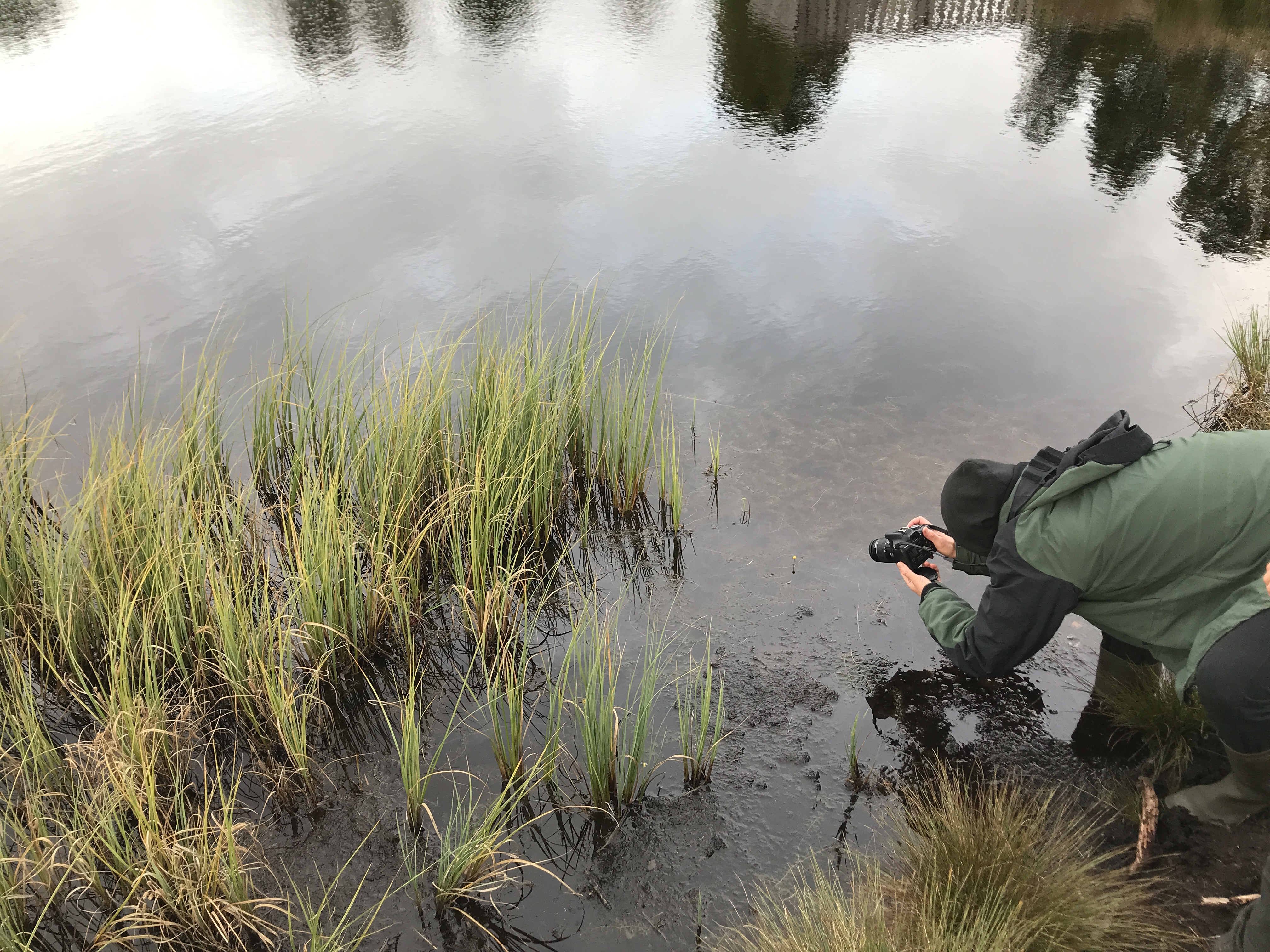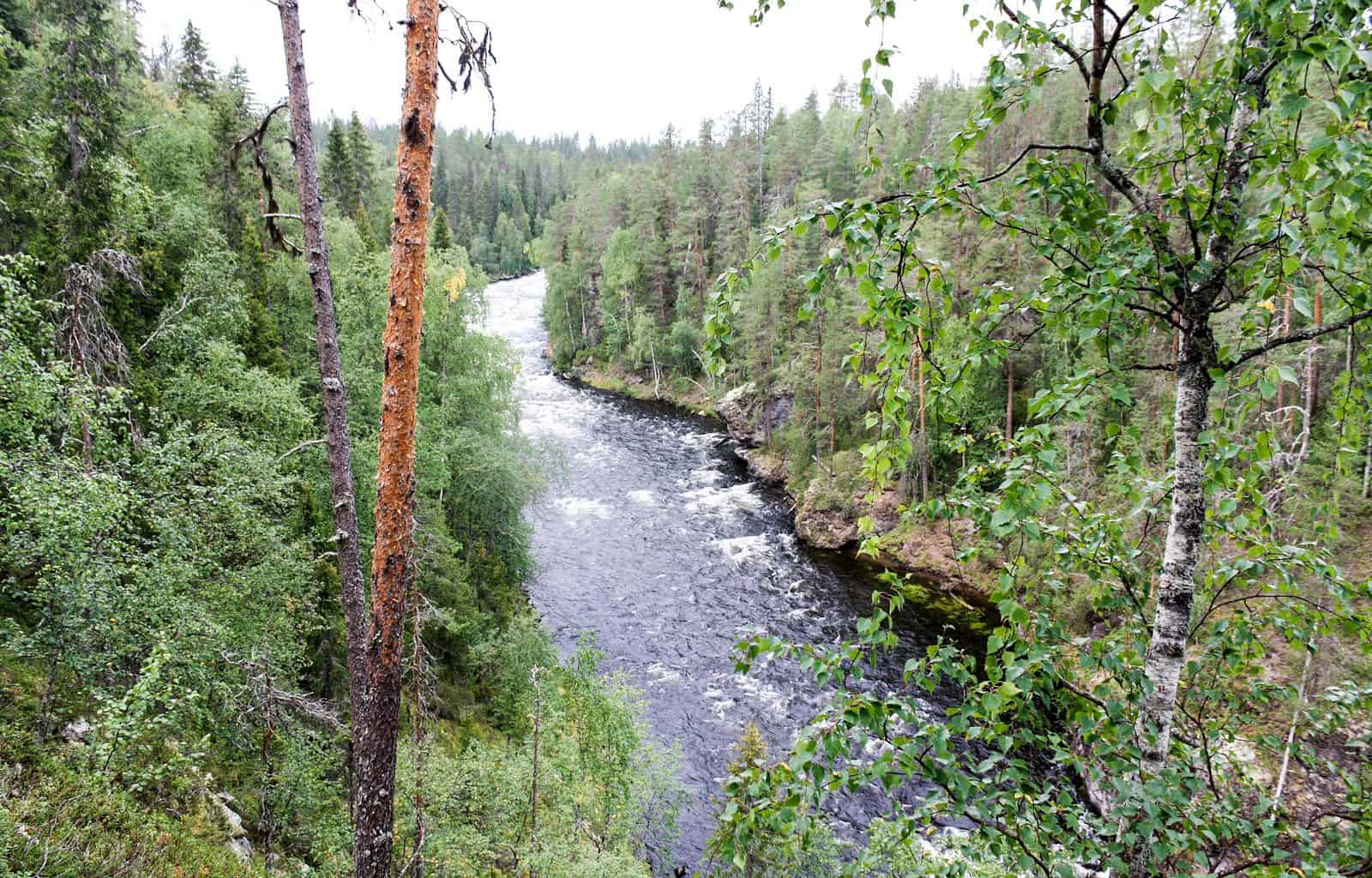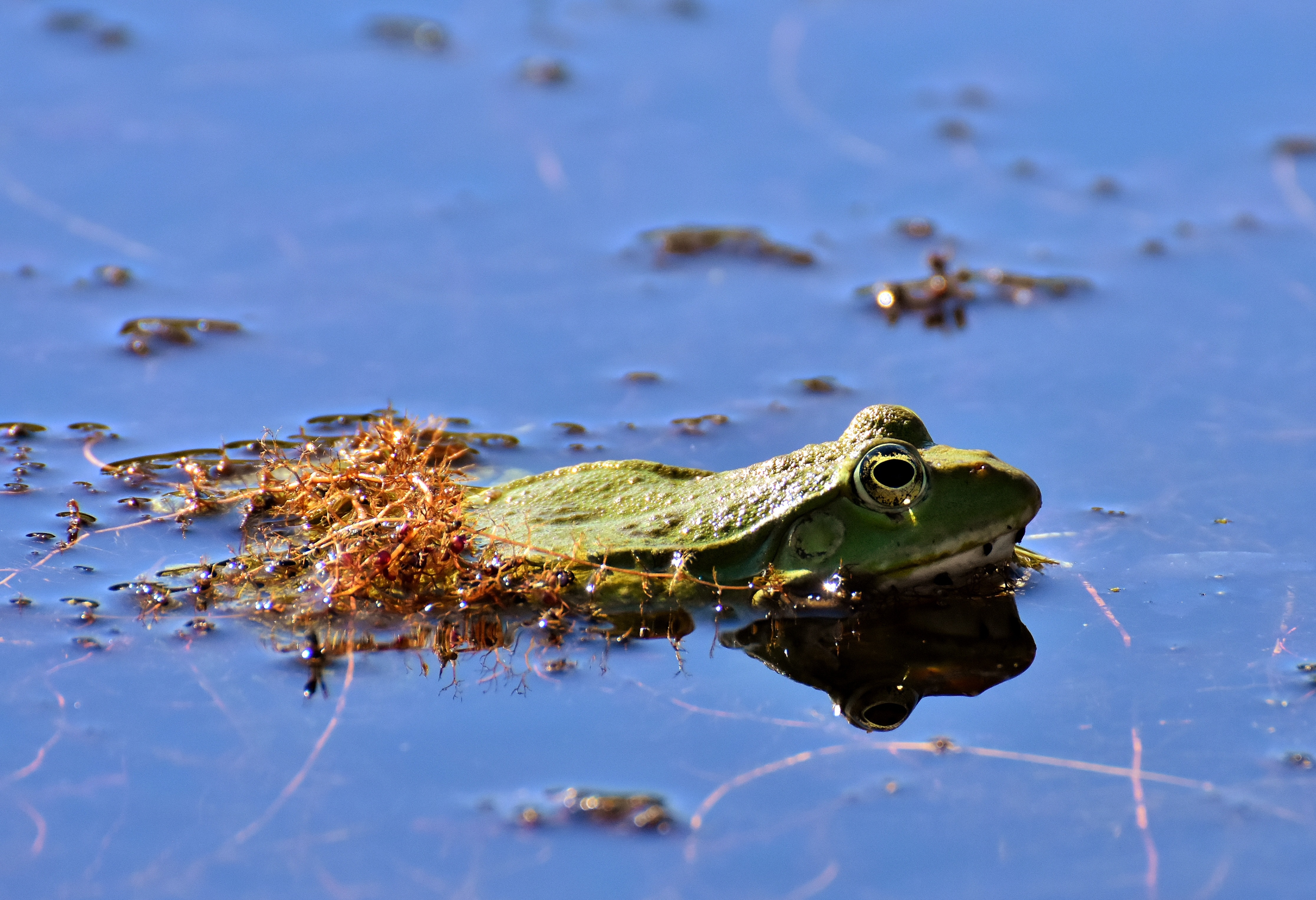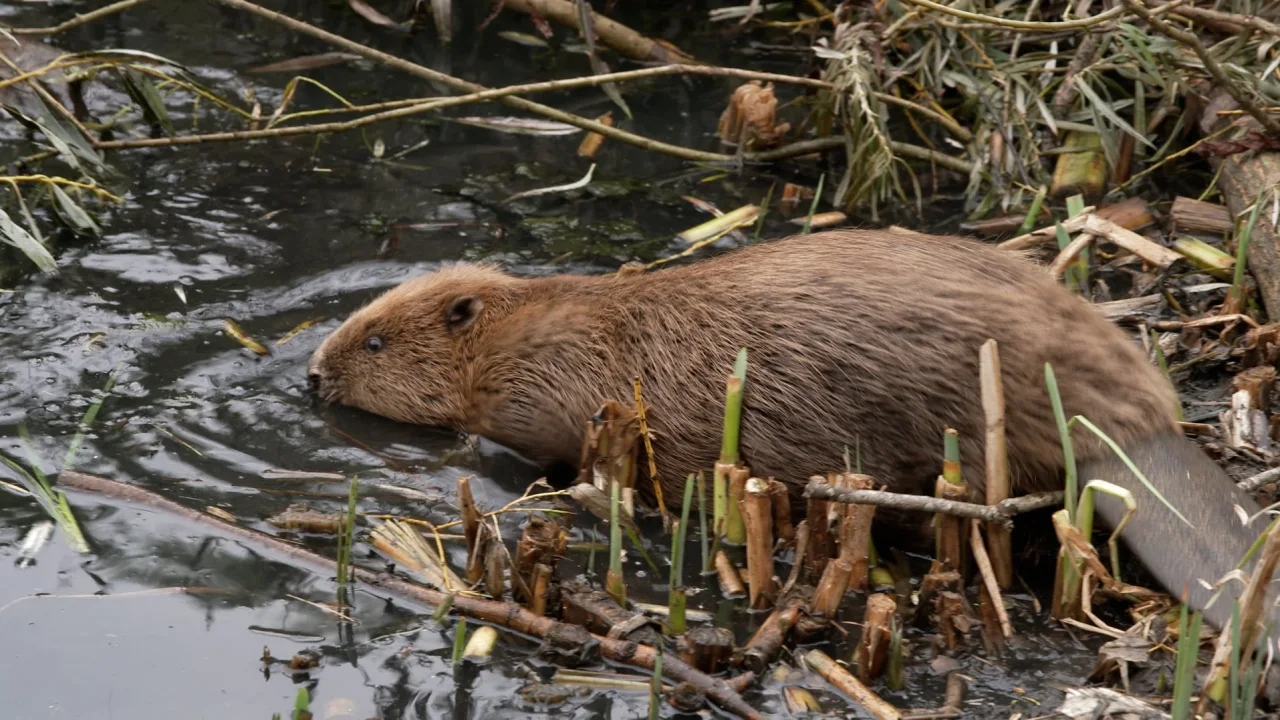Native amphibian species in Austria
Native amphibian species in Austria, boast a rich diversity shaped by varied habitats. Austria’s geographic location, encompassing Alpine regions and lowland plains, supports a wide array of amphibian species.
With its commitment to environmental conservation, Austria plays a pivotal role in safeguarding these vital ecosystems and conducting research to understand the ecological dynamics and conservation needs of its native amphibian populations.
Native amphibian species in Austrian lowlands
In the Austrian lowlands, native amphibian species contribute to the region’s ecological richness. Among these species is the Common Frog (Rana temporaria), known for its variable coloration and widespread distribution across Europe.
The Smooth Newt (Lissotriton vulgaris) is another common sight, with its smooth skin and distinctive orange belly during the breeding season. The Agile Frog (Rana dalmatina) is recognizable by its slender body and distinctive dark markings, often found in wetlands and grassy habitats.
The European Toad (Bufo bufo) is characterized by its warty skin and prominent parotoid glands, thriving in a range of terrestrial environments. The Common Toad (Bufo spinosus) is a close relative, distinguished by its shorter limbs and preference for moist habitats. Lastly, the Fire-bellied Toad (Bombina bombina) stands out with its bright red or orange belly, serving as a warning signal to potential predators. These several examples of native amphibian species play crucial roles in maintaining the biodiversity and ecological balance of the Austria.
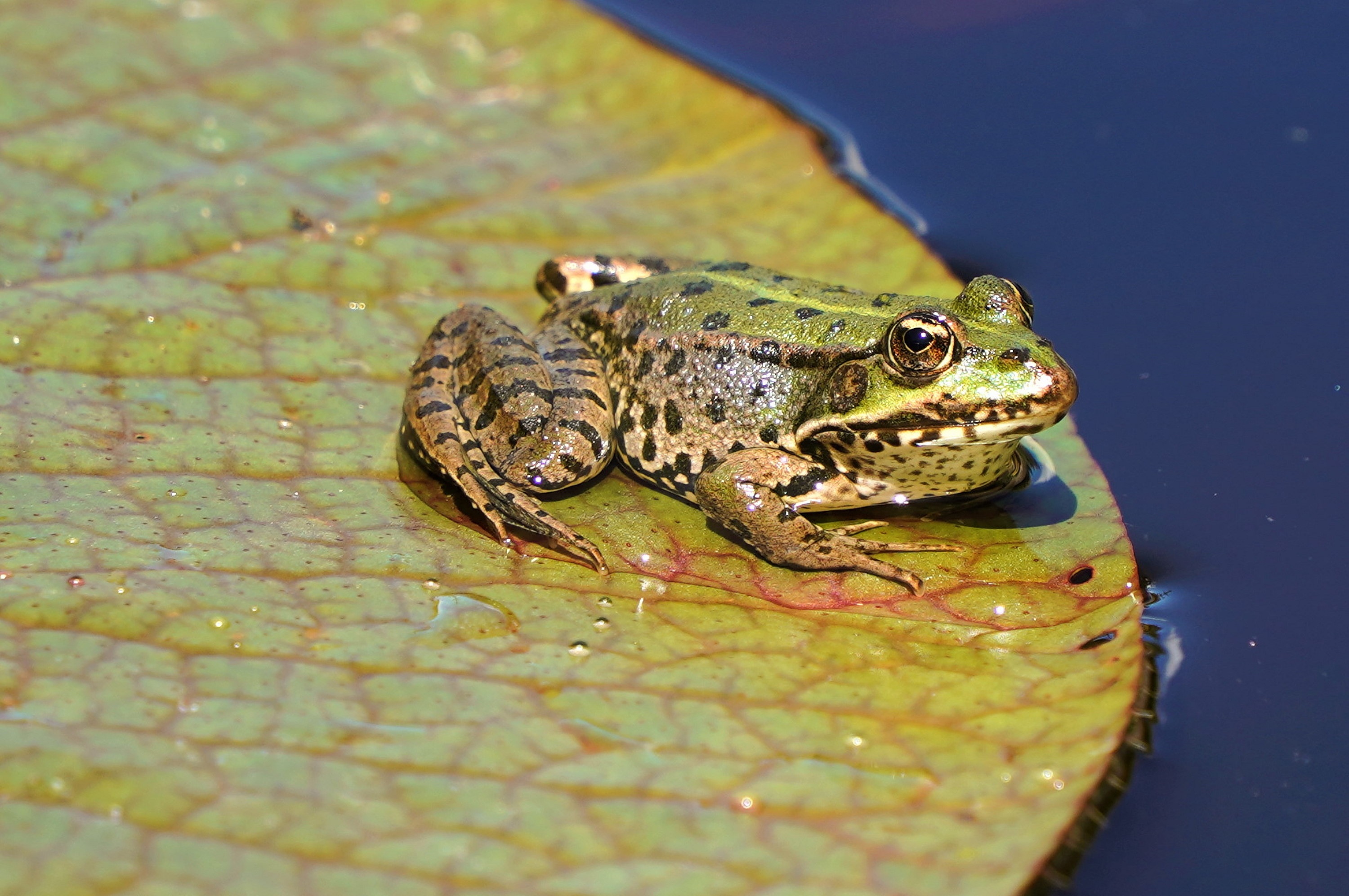
Native amphibian species in Austrian Alpine regions
In the Alpine regions of Austria, native amphibian species thrive amidst the rugged terrain and alpine ecosystems. The Alpine Newt (Ichthyosaura alpestris) is a common sight, with its striking orange belly and intricate black markings. The Common Frog (Rana temporaria) is also found in these high-altitude habitats, exhibiting variable coloration adapted to its surroundings. The Common Toad (Bufo bufo) ventures also into the Alpine regions, distinguished by its warty skin and robust build.
The Yellow-bellied Toad (Bombina variegata) stands out with its vibrant yellow or orange underside, often found near mountain streams and wetlands. The Agile Frog (Rana dalmatina) is an agile species well-adapted to alpine grasslands, characterized by its slender body and dark markings. Lastly, the European Tree Frog (Hyla arborea) may inhabit lower elevations of the Alpine foothills, known for its bright green coloration and arboreal lifestyle. These amphibian species contribute to the biodiversity and ecological balance of Austria’s Alpine regions
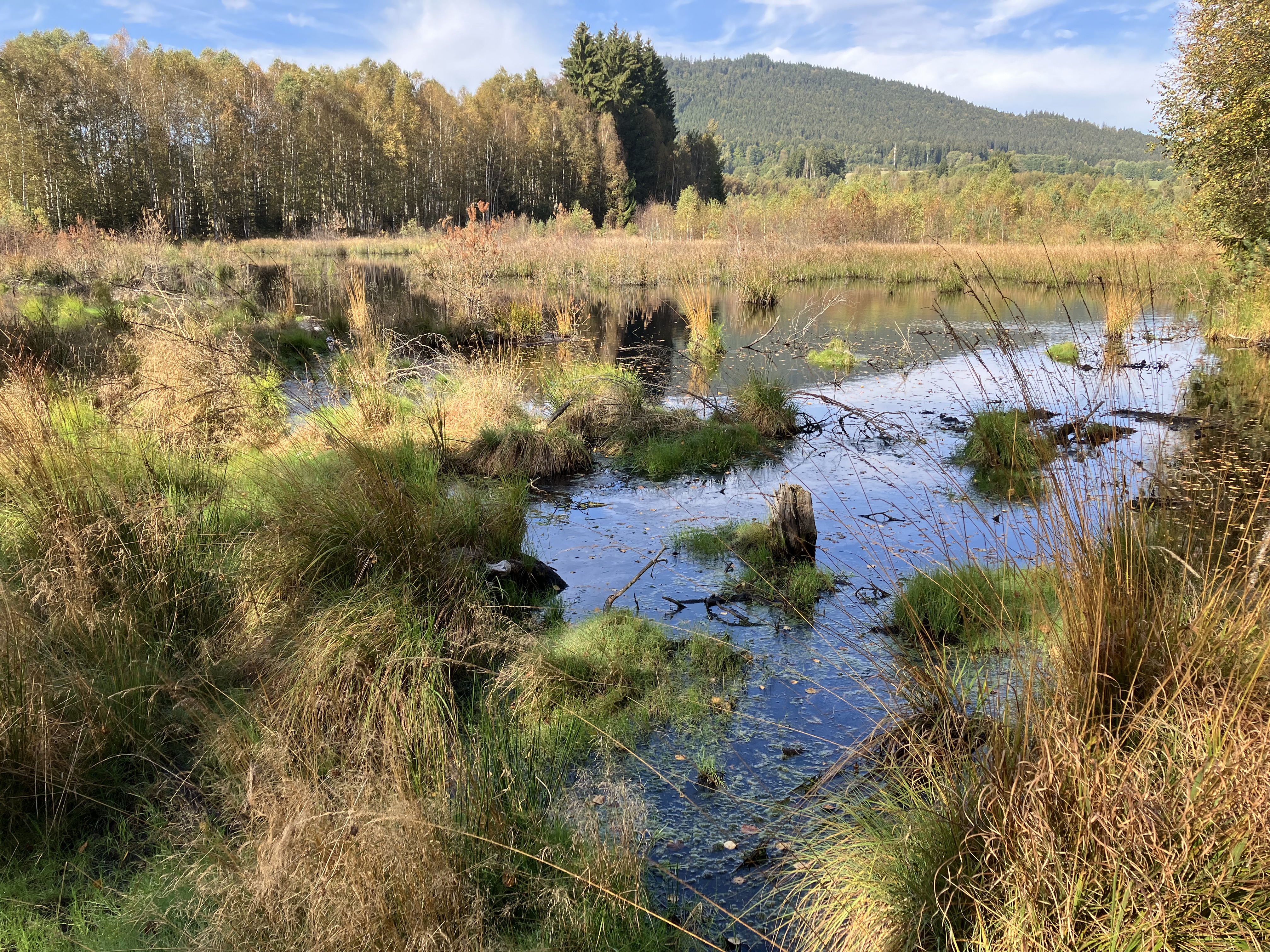
Critically threatened Austrian native amphibian species
Among the Austrian native amphibian species, several are considered critically threatened due to various factors impacting their populations. The European Tree Frog (Hyla arborea) faces significant threats primarily from habitat loss and degradation, including the draining of wetlands and agricultural intensification. The Common Spadefoot Toad (Pelobates fuscus) is critically threatened due to habitat destruction, pollution, and fragmentation of breeding sites, particularly in lowland areas.
The Yellow-bellied Toad (Bombina variegata) is also at risk due to habitat loss and degradation caused by urbanization, agriculture, and infrastructure development, leading to declines in suitable breeding sites and water quality. Additionally, the Agile Frog (Rana dalmatina) is critically threatened by habitat loss, fragmentation, and degradation, primarily due to agricultural activities and urbanization encroaching on its wetland habitats. These amphibian species require urgent conservation efforts to mitigate the threats they face and ensure their long-term survival in Austria.
Conclusion
In conclusion, the native amphibian species of Austria face various threats to their survival, including habitat loss, degradation, pollution, and fragmentation.
Urgent conservation efforts are needed to protect these species and their habitats from further decline. By addressing these threats through habitat restoration, pollution control, and targeted conservation measures such as wilderness conservation, we can help ensure the long-term survival of Austria’s amphibian fauna and maintain the ecological balance of its diverse ecosystems.

